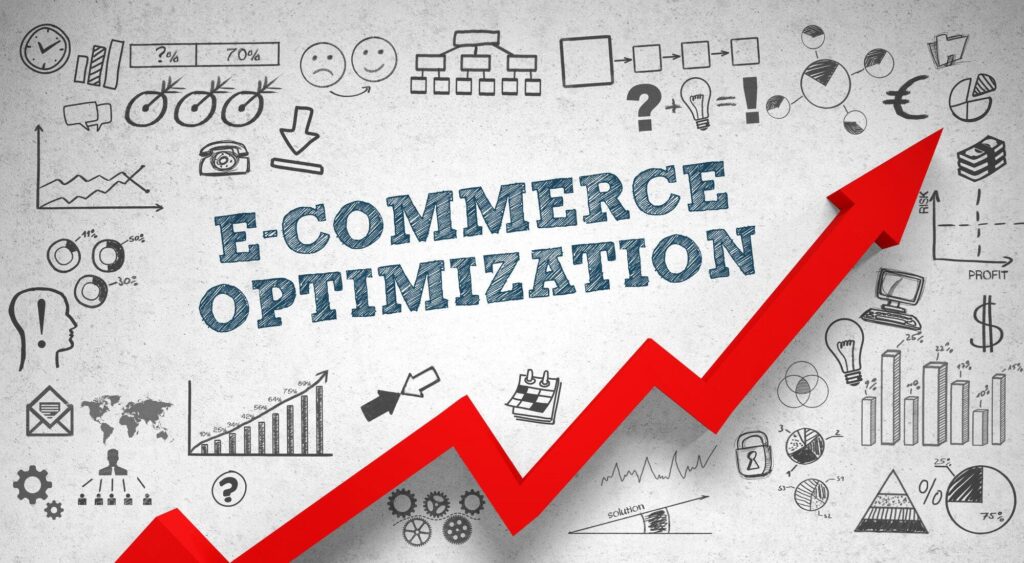In the world of business, fast responders get nearly 50% more sales. Consumers have come to expect fast and efficient service when it comes to purchasing products. Whether buying a new phone or ordering something online, they want it to arrive quickly and without any hassle.
This is why reducing long lead times is so important for businesses. Shorter lead times lead to happier customers. Learn more about what lead times are, the consequences of long lead times, and strategies for reducing a long lead time to improve customer satisfaction below.
Understanding Lead Times
A lead time is the amount of time it takes for a product to go from the initial order stage to the final delivery stage. This includes all the processes involved in manufacturing, shipping, and delivering the product.
It’s important to understand lead times. Long lead times impact a company’s ability to meet customer demands. They also affect how they manage inventory control and can impact overall profitability.
Long lead times results in increased costs for a business. They increase the risk of missed delivery dates. Alternatively, shorter lead times mean increased customer satisfaction and increased sales.
The Consequences of Long Lead Times
When lead times are long, it can lead to several negative consequences for businesses. First and foremost, long lead times can result in dissatisfied customers.
When customers have to wait a long time to receive their products, they may become frustrated or cancel their orders altogether. This can lead to lost sales and a damaged reputation for the company.
Decreased Efficiency
Long lead times can also lead to decreased efficiency in the production process. They often require a company to hold more inventory than necessary. This is so they can meet demand.
This might mean that valuable resources are wasted. Profits may decrease as a result.
Lead times also determine how efficient a company’s operations are. The production process may slow down if they are particularly long. This leads to unhappy customers and a damaged business reputation.
Dissatisfied Customers
One of the most significant consequences of long lead times is customer dissatisfaction. As a business, it’s your job to make sure your customers are happy.
When customers have to wait for their orders, they get frustrated and might even cancel an order. This could mean increased business for your competitors. The loss of sales is highly impactful for a company.
Missed Opportunities
Long lead times mean businesses lose out on new product releases. They also might miss marketing campaigns that could help sell a product or service.
After all, if a company is stuck waiting to fill orders, it can’t focus on any other business aspect. When they miss out on these opportunities, the long-term success of the business is disrupted.
Strategies for Reducing Lead Times
There are some easy ways to reduce lead times. Focusing on materials management is certainly a great place to start. Businesses can optimize everything from materials sourcing to delivery scheduling.
Tracking inventory levels is also a great way to reduce lead times. A company will be able to ensure there is a steady supply of high-quality materials. This results in customers always receiving their orders on time.
Production Planning
Production planning is another useful way to reduce lead times. A detailed production plan means the manufacturing process runs smoothly and on time.
Some areas to look at include scheduling production runs and coordinating personnel. Resource coordination is also crucial at this stage. Managing equipment and ensuring it’s running correctly will also help.
Automation
Automation and technology can also play a key role in reducing lead times. Companies might use robotics to handle certain shipping tasks. Or they can implement software to track inventory and orders.
These technological tools help streamline the production process. They also reduce the likelihood of human error, which can slow things down.
Communication
Communication between all areas of a business is essential for reducing lead times. It’s the best way to spot issues before they become problems. Establish strong supplier relationships so that information is easily shared.
Continuous Improvement
It’s vital to continuously monitor lead times to make sure they’re improving. By tracking them, it’s easy to spot where improvements need to be made. This helps companies improve lead times and stay ahead of the competition.
The Benefits of Shorter Lead Times
The strategies above help companies reduce lead times. They’re then able to provide a better service to their customers. This improves customer loyalty and reduces the chances of churn.
It means repeat business, a better business reputation, and sustained growth.
Improve Customer Trust
When customers know they’ll get what they need on time, they trust a company. They know they can rely on a business to deliver the quality service they promise. Short lead times also suggest to a customer that they’ve spent their money well.
A satisfied customer is your best marketing tool. They’ll talk about your business with friends and family. This increases on-boarding opportunities and increases profits.
Inventory Management
Shorter lead times can also help companies to better manage their inventory. With a faster turnaround time, businesses can reduce the amount of inventory they need to keep on hand. This saves on storage costs and eliminates the risk of products becoming outdated or unsellable.
A Long Lead Time Affects Your Customers
A short lead time has become increasingly important as more and more consumers demand fast and efficient service in purchasing products. Long lead times can have negative consequences for businesses, from decreased efficiency in the production process to dissatisfied customers and a damaged reputation.
To overcome these challenges, companies can implement various strategies for reducing lead times, such as materials management, production planning, automation, and technology. By achieving shorter lead times and providing faster and more efficient service, businesses can enjoy several benefits, including increased customer loyalty and sustained growth. Find out more about effective logistic solutions by contacting us today.

Join our Newsletter
Get all the latest news directly to your inbox!

Join our Newsletter
Get all the latest news directly to your inbox!
Related Posts
- March 1, 2024




